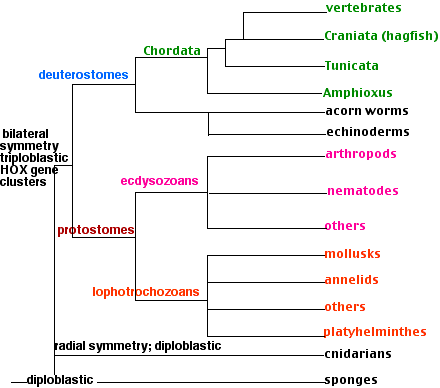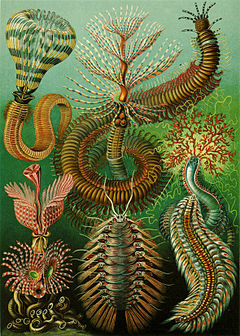Topic invertebrate marine animals: Explore the fascinating world of invertebrate marine animals, a realm teeming with diverse, vital, and extraordinary creatures that shape our oceans" ecosystems.
Table of Content
- What are the most common invertebrate marine animals?
- Overview of Invertebrate Marine Animals
- Major Groups of Marine Invertebrates
- Ecological Importance of Invertebrates in Marine Ecosystems
- Diversity and Adaptation Mechanisms
- Role in the Marine Food Web
- Conservation and Threats to Marine Invertebrates
- YOUTUBE: Invertebrate Animals for Kids: Arthropods, Worms, Cnidarians, Mollusks, Sponges, Echinoderms
- Marine Invertebrates in Research and Medicine
- Impact of Climate Change on Marine Invertebrates
- Marine Invertebrates in Aquariums and Ecotourism
- Future Research Directions in Marine Invertebrate Biology
What are the most common invertebrate marine animals?
The most common invertebrate marine animals include:
- Sponges
- Cnidarians
- Marine worms
- Lophophorates
- Mollusks
- Arthropods
- Echinoderms
- Hemichordates
READ MORE:
Overview of Invertebrate Marine Animals
Invertebrate marine animals encompass a vast and diverse group of organisms that lack a vertebral column. These creatures represent a majority of macroscopic life in oceanic environments. Invertebrates are found in various marine habitats, ranging from the deep sea to coastal areas, and play crucial roles in ecological and economic aspects.
- Diversity: The marine invertebrate category includes multiple phyla such as Annelida (segmented worms), Cnidaria (jellyfish and corals), Echinodermata (sea stars and urchins), and Mollusca (octopuses and clams), each with a unique set of characteristics and lifestyles.
- Ecological Importance: Many of these invertebrates, like sponges and corals, are vital for maintaining the health of marine ecosystems. They contribute to biodiversity, act as key players in the food chain, and help in nutrient cycling.
- Economic Significance: Invertebrates such as crabs, lobsters, and various shellfish are not only integral to marine food webs but also significantly contribute to human economies, particularly in the fishing and aquarium industries.
- Adaptations: These organisms exhibit a range of fascinating adaptations to survive in diverse marine environments. For instance, echinoderms have a unique water vascular system for movement and feeding, while cephalopods like octopuses possess advanced camouflage abilities.
- Conservation: The health of invertebrate populations is essential for the overall well-being of marine ecosystems. Factors like pollution, overfishing, and climate change pose threats to their survival, necessitating conservation efforts.
This overview provides a glimpse into the intriguing world of invertebrate marine animals, a domain of life that is as complex as it is vital to our oceans.

Major Groups of Marine Invertebrates
Marine invertebrates comprise an incredibly diverse group of organisms, each adapted to specific ecological niches in marine environments. From the deep-sea beds to the vibrant coral reefs, these creatures form a significant part of oceanic biodiversity.
- Porifera (Sponges): Simplest marine invertebrates, characterized by porous bodies and lack of true tissues and organs.
- Cnidaria: Includes jellyfish, corals, and sea anemones, known for their stinging cells used for capturing prey.
- Arthropoda: Encompassing crabs, lobsters, shrimps, and barnacles, this group is notable for its jointed limbs and chitinous exoskeleton.
- Mollusca: A diverse group including squids, octopuses, snails, and bivalves like clams and oysters, known for their muscular foot and, in many species, a calcium carbonate shell.
- Echinodermata: Includes sea stars, sea urchins, and sea cucumbers, recognized for their radial symmetry and unique water vascular system.
- Annelida: Segmented worms, including polychaetes, characterized by their segmented bodies and variety in both free-living and parasitic lifestyles.
Each of these groups plays a crucial role in marine ecosystems, contributing to the complex web of life under the sea. From being a source of food for other organisms to influencing the biotic and chemical composition of their habitats, marine invertebrates are indispensable to ocean health and biodiversity.
Ecological Importance of Invertebrates in Marine Ecosystems
Invertebrates play a pivotal role in maintaining the health and balance of marine ecosystems. Their activities and life processes are crucial in various ecological functions such as nutrient cycling, maintaining food webs, and influencing the biogeochemical properties of their environments.
- Nutrient Cycling: Sponges (phylum Porifera), as suspension feeders, are significant in nutrient cycling, particularly in the uptake and recycling of silicon. This role is critical in maintaining the balance of marine ecosystems.
- Food Web Dynamics: Jellyfish, through their boom and bust population dynamics, significantly influence carbon, nitrogen, and phosphorous cycles in marine ecosystems. The decomposition of jellyfish blooms affects benthic biogeochemical cycles, altering nitrogen and phosphorous levels.
- Filter Feeding: Many invertebrates, including various species of shellfish, are filter feeders. They play a crucial role in purifying water by siphoning small food particles, which helps maintain the clarity and quality of the water.
- Ecological and Economic Value: Marine invertebrates like horseshoe crabs are vital for both ecological processes and human use. They serve as food for migratory birds and are also used in biomedical research and as bait in fisheries.
- Conservation and Restoration: The decline in certain invertebrate species due to factors like habitat loss and overfishing has led to significant ecological impacts. Conservation and restoration efforts are essential to sustain these crucial components of marine ecosystems.
The ecological significance of invertebrates in marine ecosystems is immense. Their roles range from nutrient recyclers to key players in food webs, underlining their indispensability in maintaining the health and stability of marine environments.

Diversity and Adaptation Mechanisms
Marine invertebrates showcase an extraordinary array of diversity and adaptation mechanisms, enabling them to thrive in various marine environments. These adaptations are key to their survival and the ecological balance of the ocean.
- Wide Range of Habitats: Marine invertebrates inhabit environments ranging from shallow coastal waters to the deepest parts of the ocean. Each species has adapted uniquely to its specific habitat.
- Morphological Adaptations: Many invertebrates have developed specialized body structures. For example, deep-sea invertebrates often exhibit bioluminescence for communication and predation in the dark ocean depths.
- Reproductive Adaptations: The reproductive strategies of marine invertebrates are diverse. Some release large numbers of eggs into the water, while others have more complex life cycles with distinct larval stages.
- Nutritional Adaptations: Different feeding mechanisms are observed, from filter feeding in sponges and bivalves to the predatory behaviors of cephalopods and jellyfish.
- Defensive Mechanisms: To protect against predators, many invertebrates have evolved with mechanisms such as hard shells in mollusks, stinging cells in cnidarians, or camouflage in octopuses.
These diverse adaptations not only illustrate the complexity of marine invertebrates but also highlight their crucial role in maintaining the ecological balance of marine ecosystems.
Role in the Marine Food Web
Marine invertebrates are essential components of the marine food web, playing various roles that maintain the balance and health of marine ecosystems. Their contributions range from being primary producers to vital prey for higher trophic levels.
- Photosynthetic Invertebrates as Primary Producers: Some invertebrates like certain corals engage in photosynthesis, producing organic matter that sustains both themselves and a variety of marine species, forming the foundation of the food web.
- Herbivorous Invertebrates: Many invertebrates, such as sea urchins and parrotfish, feed on primary producers like algae and seagrasses. They play a crucial role in controlling the growth of these producers, thereby maintaining the balance in marine ecosystems.
- Predatory Invertebrates: Invertebrates like jellyfish and certain polychaete worms act as predators, helping regulate the populations of various marine species. This predation is crucial for preventing the over-proliferation of certain species, which can disrupt the balance of the ecosystem.
- Decomposers in the Food Web: Invertebrates also contribute to nutrient cycling as decomposers, breaking down dead organic matter and releasing nutrients back into the ecosystem, supporting the growth of primary producers.
- Key Links in the Food Chain: As prey for numerous marine species, invertebrates are vital in transferring energy across different trophic levels in the marine food web, supporting a diverse range of marine life.
The role of marine invertebrates in the food web highlights their importance in sustaining marine biodiversity and ecosystem health. Protecting these invertebrates is crucial for the well-being of the entire oceanic food chain.

Conservation and Threats to Marine Invertebrates
Marine invertebrates, a critical component of oceanic ecosystems, face various threats that impact their survival and the ecological balance of the marine environment. Conservation efforts are essential to protect these diverse creatures and their habitats.
- Environmental Threats: Marine invertebrates are under threat from habitat destruction, pollution, and climate change. These factors can lead to the loss of biodiversity and the disruption of marine ecosystems.
- Overfishing and Bycatch: Many marine invertebrates are victims of overfishing and bycatch. This unsustainable practice not only depletes their populations but also affects the larger marine food web.
- Climate Change and Ocean Acidification: Rising sea temperatures and acidifying oceans, due to increased carbon dioxide levels, pose significant threats to marine invertebrates, particularly those with calcium carbonate shells or skeletons, such as corals.
- Conservation Strategies: Efforts to conserve marine invertebrates include establishing marine protected areas, enforcing sustainable fishing practices, and conducting research to better understand their roles and needs within ecosystems.
- International Collaboration: Since marine invertebrates often span multiple jurisdictions, international collaboration is essential in implementing effective conservation strategies.
Understanding and addressing the threats faced by marine invertebrates are crucial for the sustainability of marine ecosystems. Through concerted efforts in conservation and management, we can ensure the survival of these vital organisms and the health of our oceans.
Invertebrate Animals for Kids: Arthropods, Worms, Cnidarians, Mollusks, Sponges, Echinoderms
Discover the fascinating world of invertebrate animals in this captivating video! From delicate butterflies to creepy crawlies, you\'ll be amazed by their incredible diversity and unique adaptations. Join us on a mesmerizing journey to uncover the hidden wonders of these extraordinary creatures.
Ocean Invertebrates: Sea Animals Without a Backbone - Annie Crawley
Dive deep into the mesmerizing world of ocean invertebrates with this awe-inspiring video! Explore the vibrant coral reefs, where colorful starfish, graceful jellyfish, and intricate sea sponges thrive. Immerse yourself in the beauty and wonders of these fascinating creatures that call the ocean their home.
Marine Invertebrates in Research and Medicine
Marine invertebrates are increasingly recognized for their significant contributions to research and medicine. Their unique biological features and chemical compounds offer promising avenues for scientific discovery and therapeutic applications.
- Source of Bioactive Compounds: Marine invertebrates like sponges, cnidarians, and molluscs are a rich source of bioactive compounds. These compounds have been found to possess antimicrobial, antifungal, anti-inflammatory, and anticancer properties, leading to potential new treatments and drugs.
- Biomedical Research: Certain invertebrates serve as model organisms in biomedical research due to their simplicity and unique physiological traits. This research has led to a better understanding of fundamental biological processes and diseases.
- Stem Cell Research: Studies on marine invertebrate stem cells are providing insights into developmental biology and regenerative medicine, offering potential applications in treating various diseases.
- Neurological Studies: Some marine invertebrates are used in neurological research due to their simplified nervous systems, which help in studying neurodegenerative diseases and neural functions.
- Environmental Indicators: Marine invertebrates are also used in environmental research as bioindicators, helping scientists understand the health of marine ecosystems and the impacts of environmental changes.
The utilization of marine invertebrates in research and medicine highlights the untapped potential of these organisms. Ongoing studies and discoveries continue to underline their importance in advancing human knowledge and health.

Impact of Climate Change on Marine Invertebrates
Climate change poses significant challenges to marine invertebrates, affecting their survival and the overall health of marine ecosystems. The rising temperatures and ocean acidification associated with climate change are key factors impacting these organisms.
- Temperature Increases: Marine heatwaves, characterized by elevated sea surface temperatures, have been observed to affect marine invertebrates. These temperature anomalies can lead to shifts in the distribution and population dynamics of various species, impacting the broader marine food web.
- Ocean Acidification: Increased levels of carbon dioxide lead to ocean acidification, which significantly affects marine invertebrates, especially those with calcium carbonate structures like corals and some mollusks. Acidification can impair their ability to maintain their shells and skeletal structures, crucial for their survival.
- Changes in Life Histories: The combined effects of warming and acidification impact the life histories of various marine invertebrates. Early life stages, such as fertilization and larval development, are particularly sensitive to these changes, influencing the future populations of these species.
- Altered Ecosystem Roles: As key components of marine ecosystems, changes in invertebrate populations and behaviors due to climate change can have cascading effects on nutrient cycling and the overall health of marine environments.
- Need for Conservation Efforts: Addressing the impacts of climate change on marine invertebrates requires concerted conservation efforts, including habitat protection, monitoring of population changes, and reducing greenhouse gas emissions globally.
The far-reaching effects of climate change on marine invertebrates underscore the urgent need to understand and mitigate these impacts to preserve marine biodiversity and ecosystem services.
Marine Invertebrates in Aquariums and Ecotourism
Marine invertebrates play a significant role in both aquariums and ecotourism, attracting interest due to their diverse and often striking appearances, as well as their unique behaviors and ecological importance.
- Importance in Public Aquariums: Aquariums often feature a variety of marine invertebrates, such as corals, sea anemones, and cephalopods. These organisms not only add to the visual appeal but also help in educating the public about marine biodiversity and conservation issues.
- Role in Ecotourism: Ecotourism initiatives often highlight marine invertebrates, showcasing their role in the ecosystem. Activities like snorkeling and diving tours offer direct experiences with these creatures in their natural habitats, fostering a deeper appreciation and understanding among tourists.
- Conservation Education: Both aquariums and ecotourism programs play a vital role in conservation education. They inform the public about the threats faced by marine invertebrates, such as habitat destruction and climate change, and the steps that can be taken to protect them.
- Captive Breeding: Some marine invertebrates are bred in captivity, which can be essential for conservation efforts. This practice helps reduce the pressure on wild populations and can be critical for the preservation of certain species.
- Research and Monitoring: Marine invertebrates in aquariums can also be vital for scientific research, contributing to our understanding of their biology, behavior, and responses to environmental changes.
The inclusion of marine invertebrates in aquariums and ecotourism not only enhances public engagement and education but also plays a crucial role in conservation efforts and scientific research, contributing to the sustainability of marine ecosystems.

READ MORE:
Future Research Directions in Marine Invertebrate Biology
The field of marine invertebrate biology is poised for significant advancements, with several key areas identified as priorities for future research. These areas encompass a range of disciplines and methodologies, reflecting the diverse and complex nature of marine invertebrates.
- Molecular and Physiological Adaptations: Future research is likely to focus on the molecular physiology of marine invertebrates. This includes investigating molecular processes behind their complex physiological functions, such as responses to environmental stresses like temperature fluctuations, ocean acidification, hypoxia, and pollution.
- Environmental Impact Studies: Understanding the effects of climatic changes on marine invertebrate communities remains a critical area. This involves the use of various methodologies to study their ecology, morphology, physiology, biodiversity, pathology, evolution, reproduction, and development.
- Nutrient Cycling and Ecosystem Services: Another important area of research is the role of marine invertebrates in nutrient cycling and their contributions to ecosystem services. This includes studying organisms like sponges and jellyfish, which have been relatively understudied in this context.
- Omics-Based Approaches: The use of omics-based approaches (like transcriptomics, proteomics, genomics, and metabolomics) is expected to increase, providing deeper insights into the genetic and metabolic underpinnings of marine invertebrates" biology and their interactions with the environment.
- Biodiversity and Conservation: Research will also continue to address the challenges of conserving marine invertebrate biodiversity, particularly in the face of environmental changes and human activities.
These research directions reflect a growing recognition of the importance of marine invertebrates, not just in marine ecosystems, but also in providing insights into fundamental biological processes and potential applications in areas like biomedicine and biotechnology.
Exploring the realm of invertebrate marine animals reveals a spectacular world of diversity and significance, vital to both our understanding of life and the health of our oceans, a captivating journey for anyone intrigued by the wonders beneath the waves.
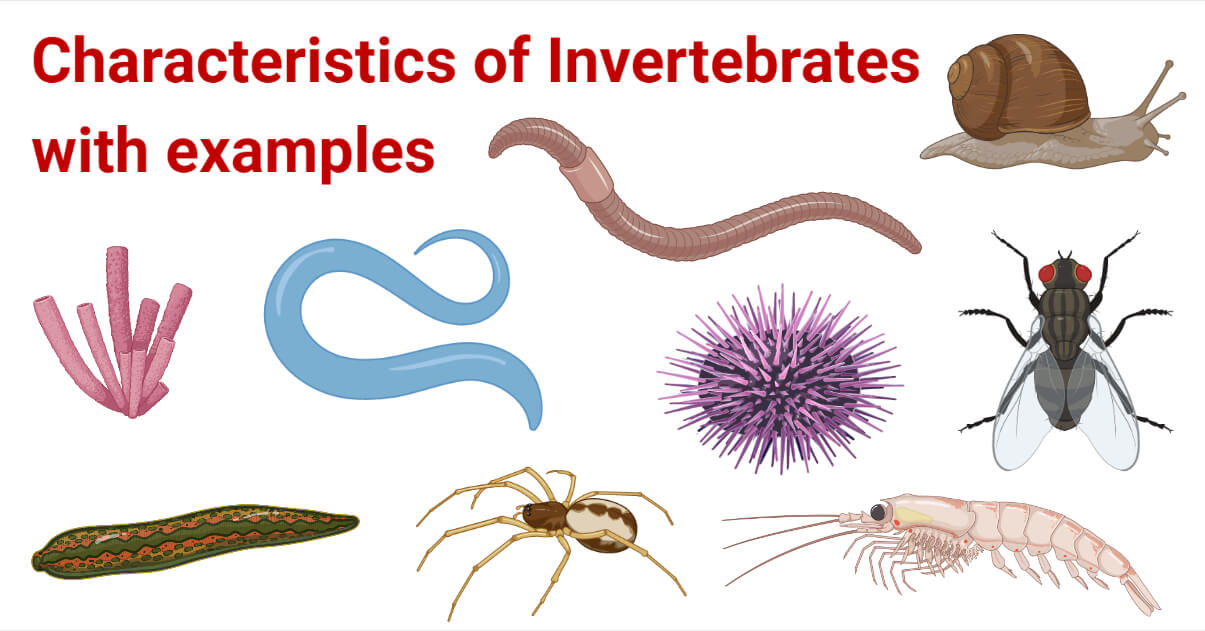
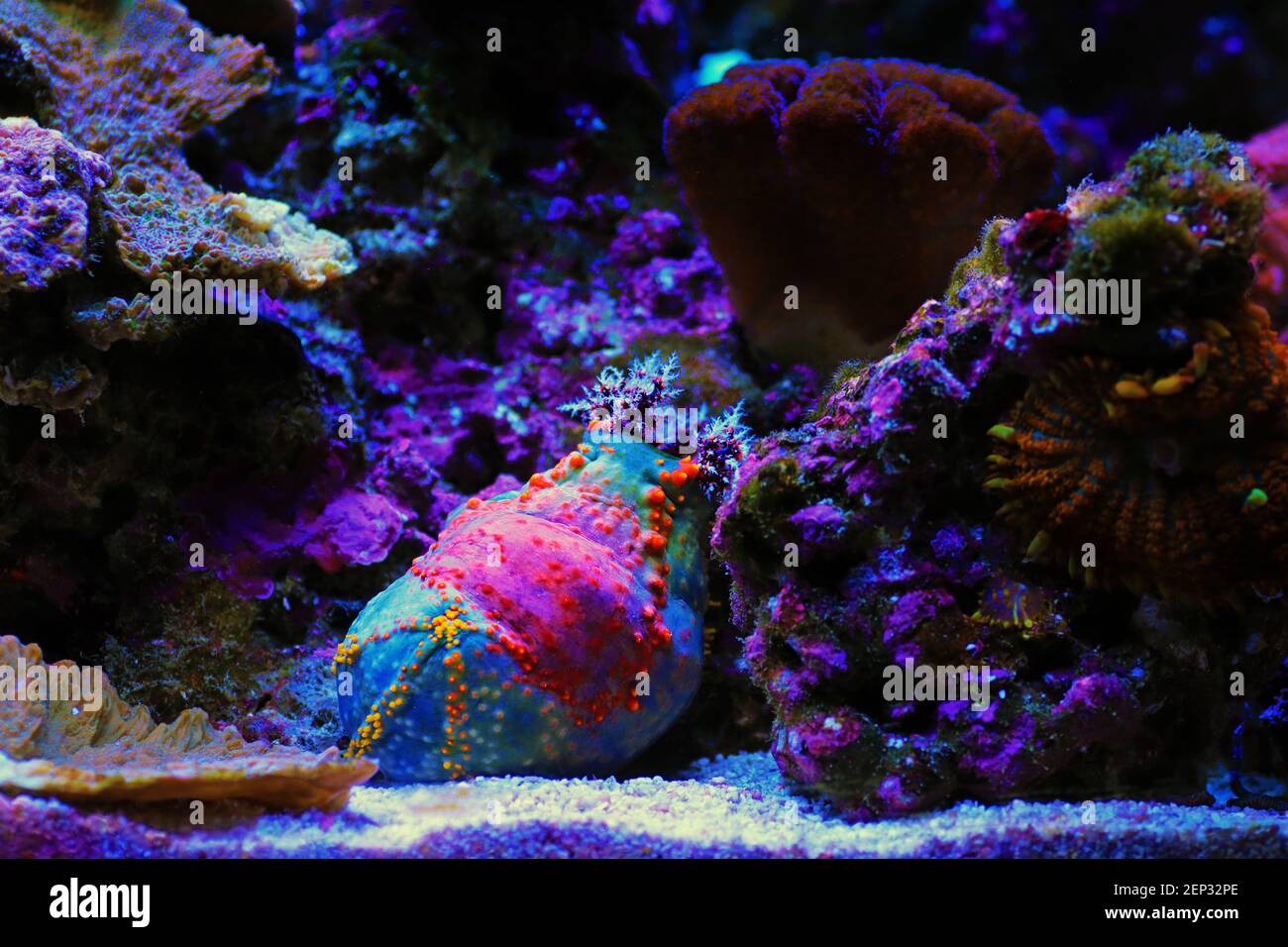
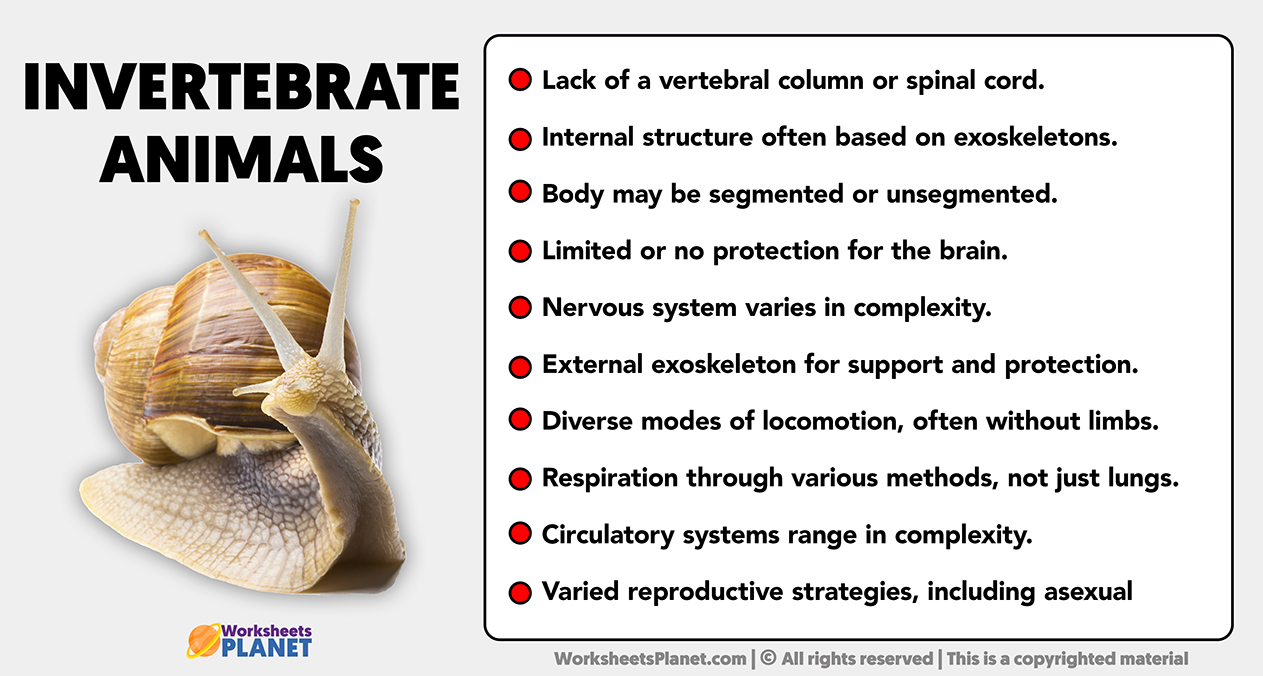
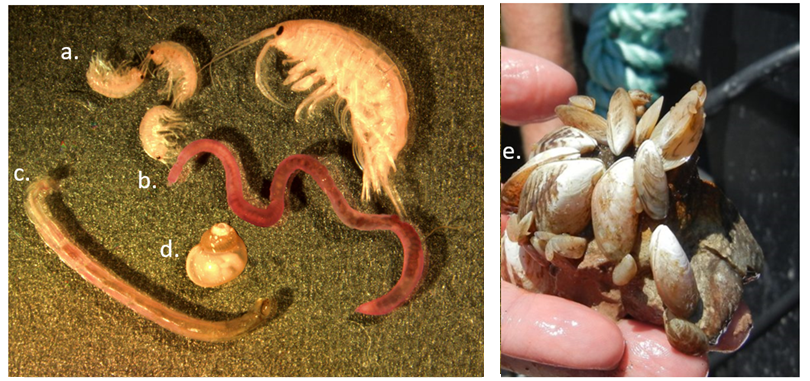


:max_bytes(150000):strip_icc()/tunicates-5c86a0cdc9e77c00010c2253.jpg)

